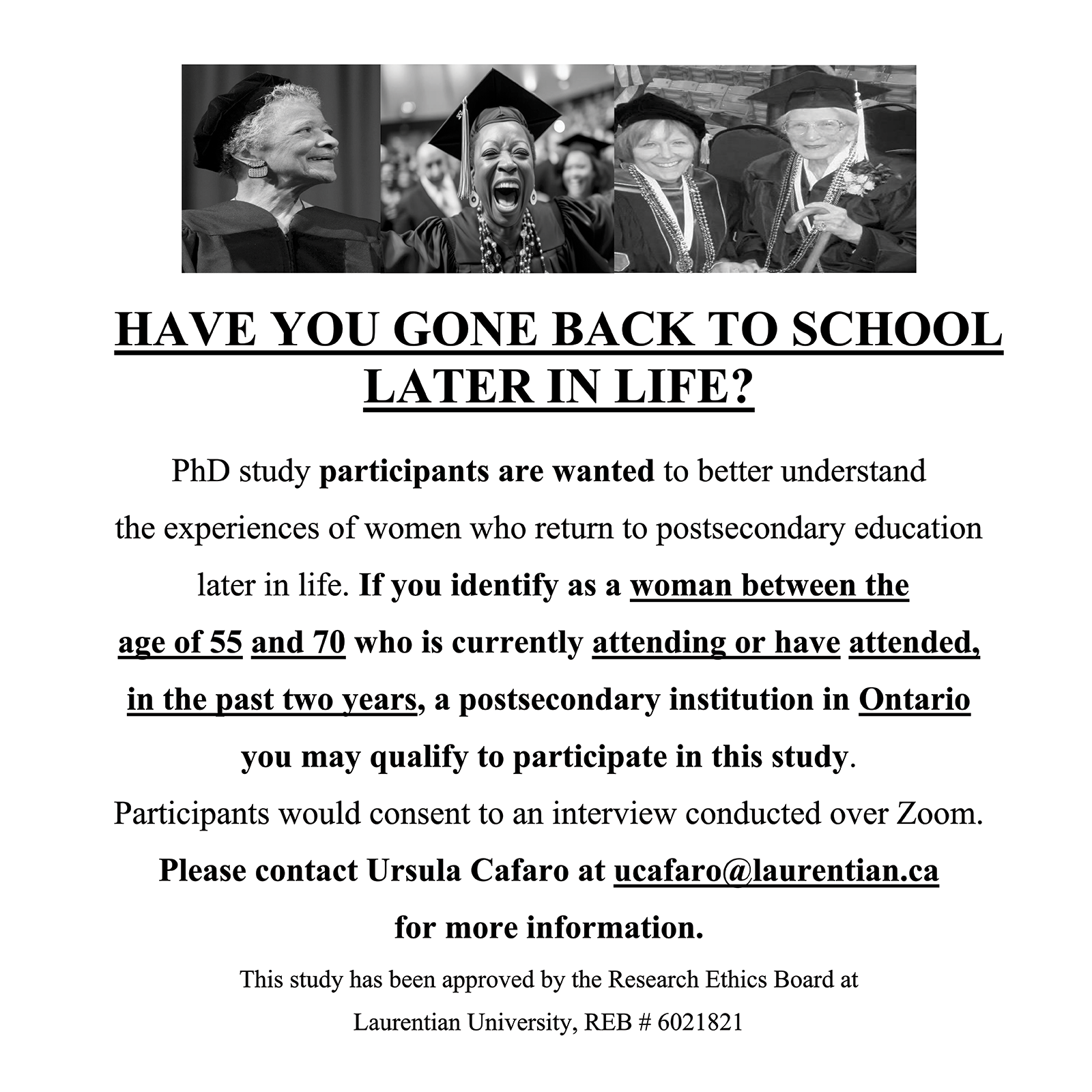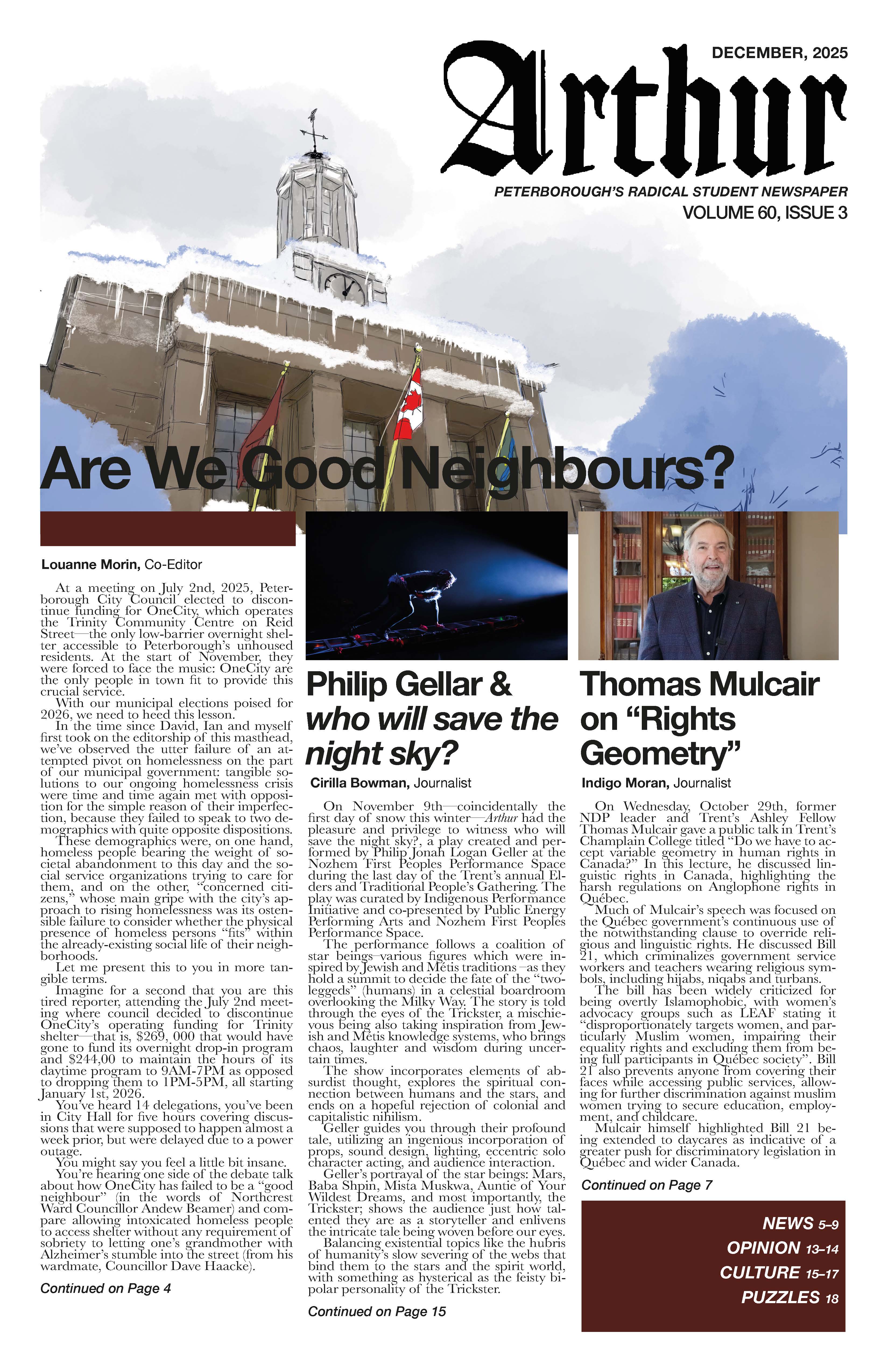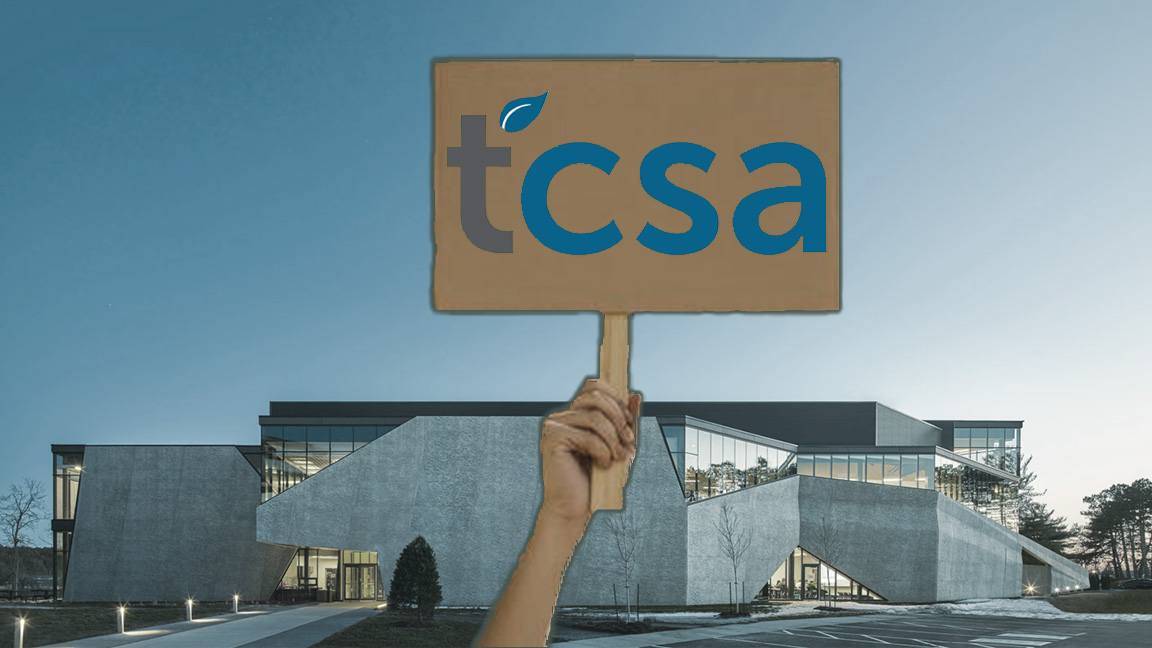During the Trent Central Student Association (TCSA)’s March 9th Board of Directors meeting, Association leadership was confronted by representatives from Traill college about the spread of misinformation about student voting stations during the February 27th Ontario provincial election.
TCSA President Nav Chugh began the meeting by sharing her Executive report where she mentioned having worked to spread awareness about the Provincial election among the TCSA’s membership. Arthur inquired about Chugh’s experience with the general confusion which seemed to surround the question of where students could vote, as well as key lessons for the future.
Chugh described the experience of finding and sharing information about polling locations as “overwhelming,” and pointed to TCSA staff, including Resource Manager Wendy Walker, as responsible for the arrangement of booths. She described her own role as more inclined towards spreading awareness.
Traill College President Bailey McArthur interjected by sharing the experiences of her College’s residents to the Board.
“[Traill students] felt that because the guidance from the provincial government going into [the election] said that students who live in on-campus residence are allowed to vote on campus [...] they would have been allowed to vote at the TCSA on election day, and they weren’t given any awareness of said inability to vote until they got there,” she said.
“If Traill and the annexes are considered off-campus, why wasn’t that considered prior? [sic]” asked McArthur.
VP Health & Wellness Kyra Myderwyk was first to respond, citing that “just over 24 hours before the election,” the TCSA was informed that not all Trent students and staff would be able to vote on campus, and that “students would have to vote in their assigned polling station, based on their postal code.”
“We did try to clarify that as much as possible,” Myderwyk added. Ultimately, she said that the confusion was “just an issue with Elections Ontario,” which she alleged “had a lot of misinformation going even to their own people running the polling station.”
Chugh concluded that despite the adverse circumstances, the TCSA “tried our best to communicate whatever instructions we got.”
McArthur chimed in once again, explaining that “from what I’ve heard from some Traill students who have come up to me and talked to me, as well as some Traill dons as well, they felt that what happened on election day is kind of like a culmination of things happening, hosted by the TCSA, where they almost feel that Traill and the Traill annex are seen as almost an afterthought [sic].”
Gender Issues Commissioner Kenzie Noble echoed this sentiment while describing her own election day.
“I’m off-campus and I had voted at the TCSA in the morning, and I sent a good amount of people there as well,” Noble said. “They were denied and [...] they had no idea. I don’t think it was communicated very well.”
Myderwyk replied to both Noble and McArthur by recognizing the need to “clarify” voting locations in the coming Federal election.
Traill Commissioner Owen Vaughan added to McArthur’s account. Vaughan claims he was the “absolute last student from any off-campus or Traill that was allowed to vote.”
Vaughan saw election officers receive a phone call advising them that off-campus students could not vote at the Student Centre in real time, “and then tell everyone behind me that they were simply not going to be able to vote if they didn’t live in the designated campus areas.”
“It certainly doesn’t help with what Bailey was mentioning, about Traill students feeling like sort of second-rate students.”
On that note, the meeting moved onto the rest of the Executive reports, followed by the presentation of the TCSA’s proposed Operating Resolutions amendments, which will be put to vote during the next Board of Directors meeting.
Among the minor language changes which accompany each TCSA policy revision, the proposed amendments include the creation of a formal pregnancy and parental leave policy for Association staff, as well as the subsidization of staff professional training and post-secondary education.
The proposed parental leave policy would offer 100% pay to Association staff for 35 weeks, supplementing the 55% covered by Employment Insurance in Ontario. This leave could be extended up to 61 weeks, at the cost of only 70% salary coverage.
Only full-time staff would be eligible for the professional development and postsecondary education subsidies. These would cover online or in-person conferences or professional development training happening inside Ontario as well as enrolment in postsecondary institutions.
Professional development subsidies would go as high as $500 a year, and Staff post-secondary tuition would be covered up to 30%, with a ceiling of $2,500 a year. As of the latest SAGM’s reduction of the President position to a part-time job, no elected TCSA official meets the criteria for this funding.
According to the TCSA’s own Policy Book, the only full time employees who could qualify for this program are the General Manager ($72-78,000/year), Resource Manager ($49-51,000/year), Communications Manager ($37-40,000/year), Services Manager ($47-49,000/year), and Community Coordinator ($37-41,000/year).
As the extent of the TCSA’s role in promoting electoral misinformation becomes evermore apparent, we can all rejoice in knowing that postsecondary education is now one step closer for the less fortunate among us.


.png)


.jpg)

%20-%20Louane%20Morin%20(1).jpg)
.jpeg)



.jpg)


.jpg)









.png)